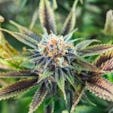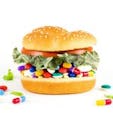There’s one common denominator that links many of the mass shootings of the past several years, and it’s not religious extremism, insanity, or a violent criminal background.
See for yourself:
Seung-Hui Cho, the Virginia Tech shooter, was prescribed Prozac shortly before he took 32 lives at the school.
James Holmes, who gunned down moviegoers in Aurora, Colorado, used Zoloft.
Adam Lanza, the 20 year-old Sandy Hook Elementary School killer, had been on Lexapro and Celexa.
Dylann Roof, who opened fire in a church in Charleston, South Carolina, had Suboxone—a narcotic—on him when he was arrested for trespassing a few months before.
And most recently, Stephen Paddock—the deadliest sniper of our time who left 58 dead and hundreds injured in Las Vegas—was discovered to be taking Valium.
The pattern in all these unconscionable acts that the media often fails to explore—and politicians prefer to avoid—is the killers’ use of widely-prescribed pharmaceutical drugs.
Look, the solution to end the kind of meaningless mass slaughter we’ve become all too familiar with in recent years won’t be a simple, singular effort. It will involve cooperation on every level, from looking at the access rights to particularly deadly weapons, to better mental healthcare and emotional processing techniques. Later in the article, you’re gonna read about some of the most promising of these practices the field of mental health has ever seen.
But the fact is, America has a serious drug problem. Far more people use prescription medication than own guns. In fact, the 2016 National Survey on Drug Use and Health revealed that 119 million Americans take prescription drugs—that’s 45% of the entire population, including children as young as 12. Of those, 19 million misuse these drugs, acquiring them from friends or relatives or taking more than they’re prescribed. The meds cited include painkillers, tranquilizers (counting anti-depressant and anti-anxiety pills), sedatives, and stimulants. You may know these drugs more colloquially as OxyContin, Xanax, Ambien, and Adderall, among many other names.
And while many of these are designed to prevent lapses in mental stability, they often have just the opposite effect, nudging disturbed people ever closer to their breaking points.
For the record, it is not fair to hold any kind of drug or brand solely responsible. Nor do we deny that judicious treatment with these medications has helped to improve lives in many cases. But with so much use and abuse in our midst, it’s negligent and foolish to not consider prescription drugs in the conversation about how to stop rampaging maniacs and the devastation they leave in their wake.
“Wait a minute,” you say. What are we suggesting? Suddenly snatch these products out of the hands of millions of people, many of whom are badly in need of some kind of medical intervention?
Of course not. Rather, let’s expand what the treatment options can be. More and more, science is confirming that psychedelic drugs—the ones our parents, teachers, and the government told us were ous—offer groundbreaking therapy to people with a wide array of mental illnesses. Isolated from plants in many cases, they can provide a safer alternative to conventional medications with fewer side effects. Clinical evidence is mounting that the use of psychedelics can help prevent violence and murder, and positively change the lives of people that our current medical system can’t effectively treat.
Read on, and see why the present medical paradigm is failing us, and how the alternative could bring an end to senseless tragedies like the one this past month in Las Vegas.
The Solution Is Part of the Problem
If you go to a doctor and say you feel depressed, anxious, or otherwise disturbed, you’re likely to get a prescription and be sent on your way. A study in the American Journal of Psychiatry found that as many as 57% of people with mental health problems are treated only with medication—no counseling, or stress management techniques are offered.
“In an ideal medical system, that person’s entire environment and social system would be evaluated,” says Dan Engle, M.D., a board-certified psychiatrist and neurologist and author of The Concussion Repair Manual. “But it’s a lot easier to prescribe a medication than it is to dredge up wounds [in therapy] from who knows how far back¦ Medications are designed to anesthetize people. They’re a superficial bandage that takes care of the active bleeding but doesn’t address the core-level issue.”
Worse yet, the drugs that are being prescribed tend to come with side effects that are at least as dangerous as the conditions they’re intended to treat.
Rx Drugs Can Cause Violence
A review of FDA data found that, between 2004 and 2009, 484 drugs triggered cases of serious adverse events. Of these, 31 drugs had a “disproportionate” association with violent behavior, and accounted for nearly 80% of 1,937 cases of violence toward others reported during the nearly six-year period. The worst offenders were varenicline (a smoking cessation aid, commonly sold as Chantix), antidepressants, sedatives/hypnotics, and stimulants used to treat ADHD.
Look at the numbers a little closer and it gets even scarier. People on antidepressants were determined to be 8.4 times more likely to commit a violent act than those on any other psychoactive drug. For users of the highly popular antidepressant fluoxetine (Prozac) in particular, the increased likelihood was 10.9 times. And just when you thought quitting smoking was hard enough without drugs, taking varenicline was found to make you 18 times more likely to lash out violently.
“Drugs artificially manipulate neurotransmitters in the system,” says Engle. “If you have deficiencies in serotonin and dopamine, for example, you have depression. Now if all of a sudden you raise those levels through pharmaceuticals, that can create agitation.” Engle says this is why antidepressants increase the risk of violence. “Somebody who has chronic depression and wants to kill himself or shoot up his school, he’s now on a med that gives him more energy, motivation, and fuel for that fire. Now he’s got a greater ability to act on those thoughts.”
In the days after his attack, The Las Vegas Review-Journal reported that Stephen Paddock had been prescribed Valium (diazepam)—an anti-anxiety med—back in June. Diazepam is a sedative/hypnotic drug, and therefore intended to chill a tense person out. But sometimes it has the opposite effect. Diazepam has been frequently linked to violent behavior because it can disinhibit the brain’s ability to regulate aggression, in effect bolstering the very behavior it’s often prescribed to mitigate. And this isn’t the first time it’s made headlines for its connection to a famous shooting. In 1981, John Hinckley, Jr., the would-be assassin who shot President Reagan, White House Press Secretary James Brady, and others, was on diazepam. On behalf of the victims, a Washington D.C. attorney later sued the doctor who prescribed Hinckley’s dose for negligence and misdiagnosis.
There’s another way Valium could have contributed to Paddock’s crime. Denis Patterson, M.D., a Reno-based, board-certified pain medicine specialist, told the Las Vegas Review-Journal that diazepam is often used by marksmen to calm their nerves. He even speculated that Paddock might have “made up symptoms for a doctor so he could use the drug to make him more relaxed in the moment for better shooting.”
If current medical treatments risk making sick people dangerously worse, maybe it’s time we looked at fighting fire with water—reducing illness and disease without bolstering a patient’s potential for destructive behavior.
What Are Psychedelics?
Psychedelic is a term that carries a lot of different definitions and connotations. In the medicinal context they are used to describe compounds that alter cognition and perception, temporarily changing the way you think, see, and hear—coinciding with what many experience as a heightened level of consciousness. Psychedelics include ayahuasca, DMT, LSD, MDMA, mescaline, and psilocybin. Many of them are found in plants (in the case of psilocybin, “magic mushrooms”) that grow wildly and have been used throughout human history in religious ceremonies and for therapeutic purposes.
Half a century ago, the government studied them extensively for their potential as part of psychotherapy treatment. However, according to the Drug Policy Alliance, a non-profit organization that works to reform drug laws and educate the public about safe drug use, when they were embraced by the counterculture movement of the 1960s, psychedelics became symbols of “youthful rebellion, social upheaval, and political dissent,” leading to their criminalization. Fortunately, laws are changing and psychedelics are being studied again.
Unlike pharmaceutical drugs, “psychedelics help us get in touch with truth,” says Engle. “They don’t anesthetize us from truth—that truth being our subconscious material. They help us see things from long ago that often we forgot or repressed.” The desire to create pain for others, he says, comes from pain a traumatized individual has dealt with in his/her own past. Because of our psychological defense mechanisms, we can’t always access it and address it, but psychedelics can help.
“It’s like if you’re looking through binoculars and it’s really blurry,” says Engle. “You have to adjust the aperture so you can see clearly. Psychedelic medicines help you get clear. At the same time, they can often calm the fear centers of the brain so that we’re not so reactive and it doesn’t feel so overwhelming to recall these past traumas. MDMA in particular lets you have more of an objective, observing ego that can let you look at things with less emotional intensity—so you can actually understand them better. Then we can rectify and heal them.”
Are Psychedelics Dangerous?
Pop culture typically depicts psychedelic users as junkies in desperate need of a fix. Many an after-school special has been devoted to likening psychedelics to hard drugs like crack and heroin, ultimately driving the user insane. He hallucinates that he can fly—so the cliché goes—and then jumps off a building to prove it.
Of course, that’s utterly ridiculous. Sure, people have had bad psychedelic trips, but, if you’ll recall the statistics above, dangerous abuse can occur with any drug—while responsible use leads to entirely different results. A review of studies on adverse reactions to psychedelics from the Journal of Nervous and Mental Disease states that clinical psychedelic treatment employs drugs that are very different from the kind sold on the street (which are of “unknown purity” and are commonly taken in much higher doses). The paper concluded that when they’re used for medical purposes and under professional supervision, “it appears that the incidence of adverse reactions to psychedelic drugs is low.”
There’s plenty more where that came from. A study specifically on psilocybin from the journal Pharmacology revealed “no cause for concern” that administration of the drug to healthy subjects was hazardous. Additionally, the Journal of Psychoactive Drugs published that there was “no evidence of injurious effects of ayahuasca on adolescents.” And if you’re worried about how psychedelics affect the body and brain over the long haul, see this review in the journal Drug and Alcohol Dependence. Looking at residual toxicity, it noted that literature on patients taking LSD “suggests that there are few, if any, long-term neuropsychological deficits attributable to hallucinogen use.” Furthermore, a study in Biological Psychiatry found that a lifetime of peyote (mescaline) use among Native Americans who took it in religious settings had no negative effect on their psychology or cognition.
To be absolutely clear, this article is not a recommendation to use psychedelics—or any other drugs—that are procured illegally. Most experts do not advise experimenting with them recreationally or outside the context of a qualified medical treatment program. But it is important to know the facts. Relaying information about their many benefits when used therapeutically will help the medical establishment to hasten the adoption of psychedelics as another valid form of healing, and people who haven’t found relief through any other means may finally gain some.
How Psychedelics Can Help
Drugs that change a person’s perspective can massively impact how that person views the world and his/her place in it. Mental health experts agree that people who turn to violence usually feel isolated and victimized by some trauma in their past. They lose connection with people who care about them and in turn stop caring about others as well as themselves. Psychedelics can help restore feelings of closeness and well-being, promoting empathy where there was indifference.
Anxiety and Depression
A mounting body of evidence indicates that psilocybin could be revolutionary for treating emotional distress. The Heffter Research Institute, a non-profit organization that supports research on psychedelics to alleviate suffering, has spearheaded three promising Phase II studies on psilocybin and cancer patients. (Phase II trials are done after a drug has been determined to be safe, and precede Phase III, where the drug is compared to other medications that are already accepted for use.)
In 2016, researchers at Johns Hopkins University found that a single dose of psilocybin reduced measures of anxiety and depression among cancer sufferers while increasing their optimism and perceptions about quality of life and the meaning of life. Six months later, 80% of the subjects had sustained these changes and more than 80% claimed a greater sense of well-being and life satisfaction. (Their observers noted the same, indicating that the patients didn’t just think they were doing better—their improvement was obvious to others as well.) Heffter’s corresponding studies at New York University and Harbor-UCLA Medical Center from 2016 and 2011, respectively, showed similar results on anxiety and depression in cancer patients at lower doses
PTSD
The Multidisciplinary Association for Psychedelic Studies (MAPS) is a non-profit research and education organization. After 30-plus years of championing MDMA research, it announced this past August that the FDA granted the drug Breakthrough Therapy Designation for the treatment of post-traumatic stress disorder (PTSD). This brings MDMA one step closer to being legitimized as a prescription drug that can be used to treat large populations—such as our military veterans.
It was only a matter of time. MDMA has been shown to provide significant relief to PTSD-sufferers in several clinical trials. In MAPS’ Phase II trials (the step that won over the FDA), 61% of 107 subjects no longer qualified for PTSD two months after just three sessions of MDMA-assisted psychotherapy. In a follow-up one year later, 68% were CURED (trauma levels reduced below the medical threshold). All of the participants had chronic, treatment-resistant PTSD, and had suffered from the disorder for an average of 18 years.
Why does it work so well? MDMA produces feelings of safety, empathy, and heightened emotional insight, potentially giving a traumatized brain a kickstart.
For more info on psilocybin and MDMA, click here:
MDMA vs. Psilocybin
Socialization
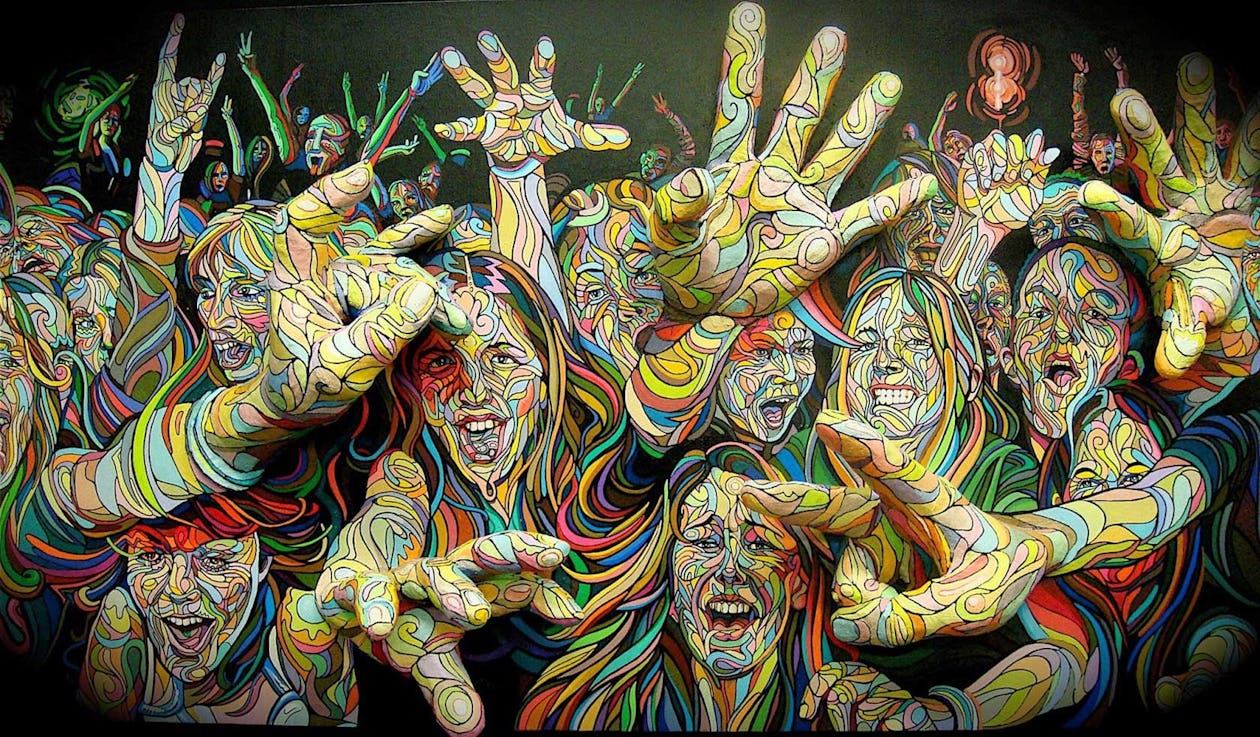
A study in the Journal of Psychoactive Drugs compared Brazilian teenagers who took ayahuasca as part of their religious ceremonies to a control group of regular teens. Both groups were found to be healthy, normal adolescents, but researchers noted several interesting differences. The ayahuasca users seemed “more responsible, respectful, and concerned about the welfare of others.” They tended to be “less confrontational” than the control group, and appeared to have a better quality home life. They also tended to have closer relationships with their fathers and were more optimistic.
You can surely chalk some of these advantages up to the close-knit community established by their church, but the ayahuasca teens rates of promiscuity and use of other drugs wasn’t significantly different from that of the other young adults. The researchers concluded: “We might expect that given the destructive consequences of youthful drug use in contemporary society, the [ayahuasca teens] would lag far behind their peers in a number of different dimensions of sociability, honesty, studiousness, etc¦ the qualitative data is quite revealing in that the teens appear to be healthy, thoughtful, considerate, and bonded to their families.”
Some people don’t have anyone they’re close to. In these cases, it would at least help to not feel like the world is against you, and that seems to be what psilocybin does. A 2016 German study had subjects play an online ball-tossing game while on the drug. The game is designed to make the player think he/she is playing with other participants who can control how often the gets passed, but the programmer controls it. The ball is kept away from the player on purpose to see how he/she reacts. Brain imaging revealed that the psilocybin players—despite being left out of the game—had significantly less activation in regions of the brain that process feelings of social rejection. In other words, they were excluded—knew it—and didn’t mind. Further, the psilocybin group said they felt connected to the game and the other players regardless.
The study authors concluded that “alterations in the sense of self after Psilocybin administration are important for changes in social interaction processing¦ which suggests that the sense of self can profoundly impact the experience of interpersonal relationships.” They expanded that psilocybin may increase empathy for others and allow one to better identify with them, making future “negative experiences more bearable.” They continued that this facet of the drug could help facilitate a better relationship between a patient and his/her therapist, allowing the patient to feel more secure in the environment and be more willing to discuss painful experiences.
A 2011 study in the Journal of Psychopharmacology looked at psilocybin’s potential to affect personality changes in adults (the researchers cite evidence that core personality traits are “predominately stable” after age 30). Subjects were administered the drug and evaluated on different categories of personality—neuroticism, extroversion, openness, agreeableness, and conscientiousness. Ultimately, the users reported significant increases in openness, defined as the ability to use their imaginations, appreciate aesthetics, experience a wide range of emotions, play with abstract ideas, be tolerant of other people’s lifestyles, and take interest in developing new hobbies. Those who had “mystical experiences” during their session maintained higher levels of openness for more than a year afterward.
Addiction
Before LSD became maligned for its street use among rebellious hippies, research demonstrated that it showed unprecedented rates of abstinence among alcoholics, even gaining endorsement from Alcoholics Anonymous. The findings of a 2012 meta-analysis indicate that a single dose of LSD—in the context of an alcoholism treatment program—is associated with a decrease in alcohol misuse.
There are similar findings with psilocybin. A 2015 study in the Journal of Psychopharmacology showed that alcoholics who entered a treatment program did not make much progress for the first four weeks, but when they were given psilocybin, abstinence increased significantly and was maintained at a follow-up at 36 weeks. There were no significant treatment-related adverse effects.
Psilocybin may also serve as a much more effective alternative to varenicline, the generic form of Chantix that has been linked with violent behavior. In 2014, research from Johns Hopkins University discovered that longtime smokers who had previously tried and failed to quit had an 80% abstinence rate six months after combining cognitive behavioral therapy and psilocybin treatments. While varenicline is widely regarded as the most effective smoking cessation drug, its success rate is only 35%; nicotine replacement and behavioral therapies average less than 30%.
Acts Of Violence
In October of 2017, the Journal of Psychopharmacology released a study based on data collected by the National Survey on Drug Use and Health between 2002 and 2014. Looking at over 480,000 respondents, those who used psychedelics appeared to be at a 22% less risk of being arrested for a violent crime in the past year. (FYI, the lessened risk of larceny or theft was 27%.) At the same time, lifetime use of other types of illicit drugs was associated with increased odds of criminal behavior.
The study’s lead author, University of Alabama Associate Professor Peter Hendricks, told the press, “Our findings suggest the protective effects of classic psychedelic use are attributable to genuine reductions in antisocial behaviour rather than reflecting improved evasion of arrest.” His co-author, Zach Walsh, co-director for the University of British Columbia’s Center for the Advancement of Psychological Science and Law, added that “the experiences of unity, positivity and transcendence that characterize the psychedelic experience may have lasting benefits that translate into real-world consequences.”
These findings echo a 2016 study done by the two authors that examined recidivism and drug use among U.S. ex convicts. More than 300 former inmates (all of whom had histories of substance abuse) were followed for an average of six years after their release. Those that didn’t take psychedelic drugs (42%) were arrested again for domestic violence. Those who indulged in LSD, MDMA, and psilocybin, however, were less likely to hurt their loved ones—only 27% faced the same charges.
In the press release, Hendricks suggested that psychedelics may curb violence by “providing profoundly meaningful spiritual experiences that highlight what matters most¦ Often, people are struck by the realization that behaving with compassion and kindness toward others is high on the list of what matters.”
According to Walsh, the positive socializing impact psychedelics have “may be particularly beneficial to groups that are frequently marginalized and isolated, such as the incarcerated men who participated in this study.”
“While not a clinical trial, this study, in stark contrast to prevailing attitudes that view these drugs as harmful, speaks to the public health potential of psychedelic medicine,” says Walsh. “With proper dosage, set, and setting, we might see even more profound effects.”
There’s evidence that psychedelics can reduce suicide risk too. Researcher Elena Argento analyzed data from a four-year long study of 766 female sex workers in Vancouver—a population at high risk for suicide due to social stigma, psychological distress, and risk of violence. The study had the women complete a survey that covered whether they had used drugs, and if they experienced suicidal thoughts in recent months. The women who had used psychedelics at some point in their lives were 60% less likely to have had suicidal thoughts.
Other Alternative Therapies
Psychedelic meds aren’t the only promising alternatives to the current leading pharmaceuticals. There are other well-established treatments for psychological problems that have been either wrongly maligned or are slow to gain acceptance in the medical community. We’d like to see more attention paid to the following.
CBD
Cannabidiol (CBD) is a natural compound found in the cannabis plant. It’s from the same family as marijuana but doesn’t have the same psychoactive effect. Now legal in 16 states for medical use, it’s been shown to mitigate seizures in people with epilepsy and contain anti-psychotic properties. A 2012 study on schizophrenic patients in Translational Psychiatry pitted CBD against the prescription anti-psychotic drug Amisulpride. Both drugs proved to be equally effective, but CBD did its job with significantly fewer side effects.
The Ketogenic Diet
We wrote extensively about the benefits of cutting carbs from your diet HERE. In addition to all the physical problems the ketogenic diet can help alleviate, it may improve mental ones as well. This year, Schizophrenia Research published two cases studies showing that a low-carb nutrition approach reduced symptoms, including delusions, in people who had tried multiple prescription drugs in the past to no avail. When the subjects went off their ketogenic diets, their conditions worsened, and when they went back on they improved again.
Floatation Therapy
If you’ve ever enjoyed floating on your back in water, imagine what it would be like to do it in outer space. That’s kind of what floatation therapy feels like: You enter a dark room and lie down in a tank filled with epsom salt and water that’s heated to the same temperature as your body, so you’re hardly aware that it’s there. Robbed of the stimulus of anything in your surrounding environment, slipping into a meditative state becomes easier. Stress is reduced and replaced with an endorphin rush that can have a powerful and positive effect on mental state.
In a 2016 study from Karlstad University in Sweden, subjects with generalized anxiety disorder (GAD) who floated saw reduced symptoms, including depression, along with improvements in sleep and emotional regulation. A 2014 study from the journal BMC Complementary and Alternative Medicine had 65 people do two weekly float sessions. After seven weeks, the stress levels among the subject were cut in half, and they reported feeling less anxiety and greater optimism.
The fight to further research and awareness of psychedelic medicines needs your support. Organizations like Heffter and MAPS rely on donations to fund new studies—such as Phase III trials that could finally get psilocybin and MDMA FDA-approval for use as a treatment for depression, PTSD, and more. The potential to cure millions of needless suffering—from our veterans to, perhaps, your friends and family members—is at hand. For more information, and to find out how you can help, see our short film below and visit TheCureIsNear.com.


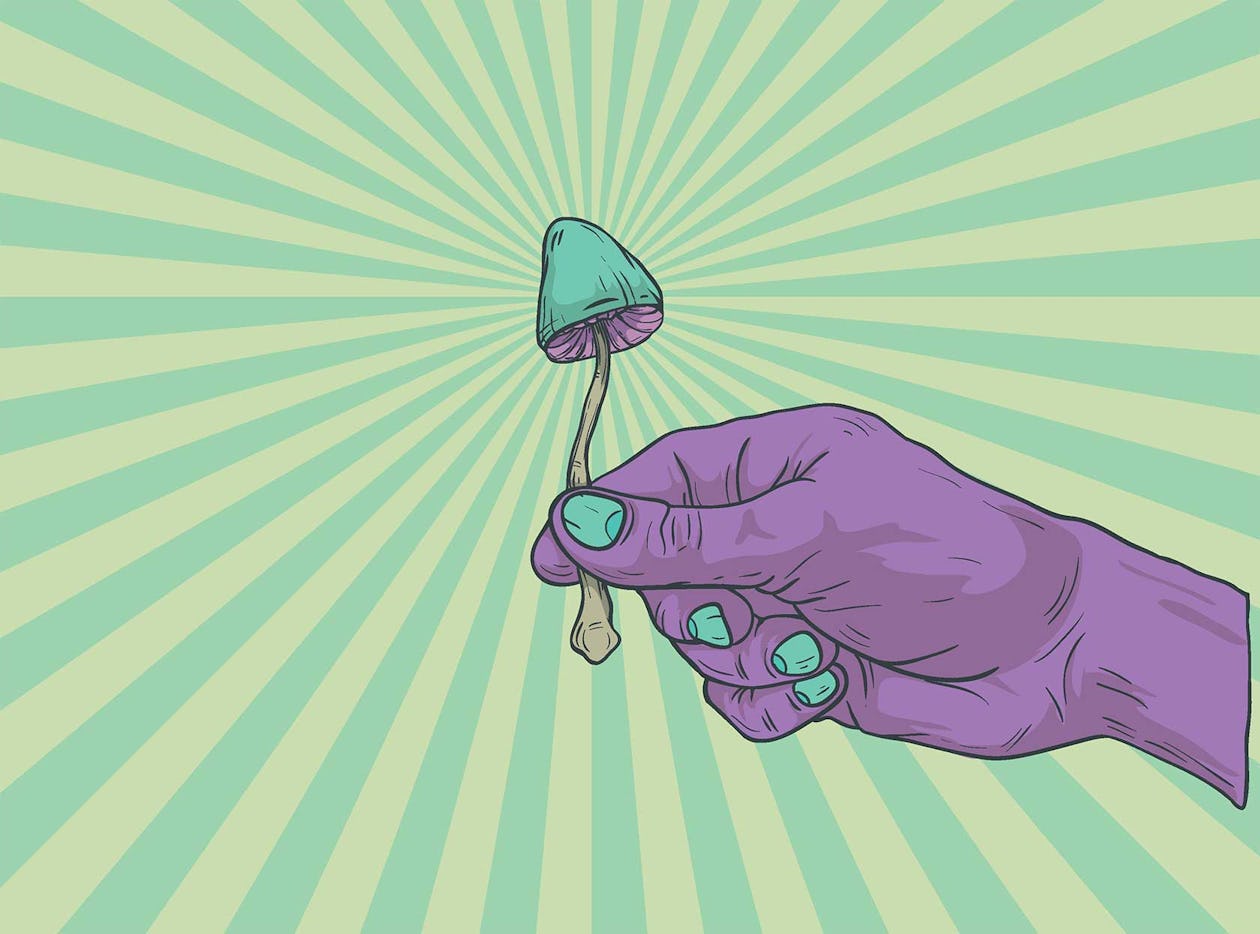


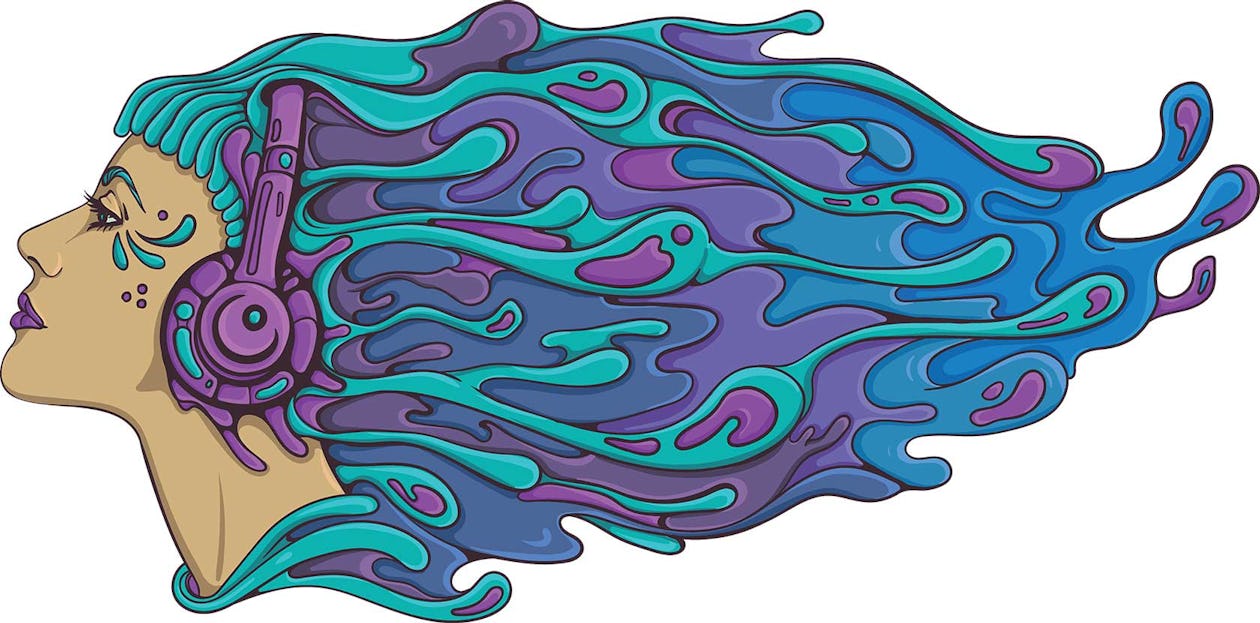
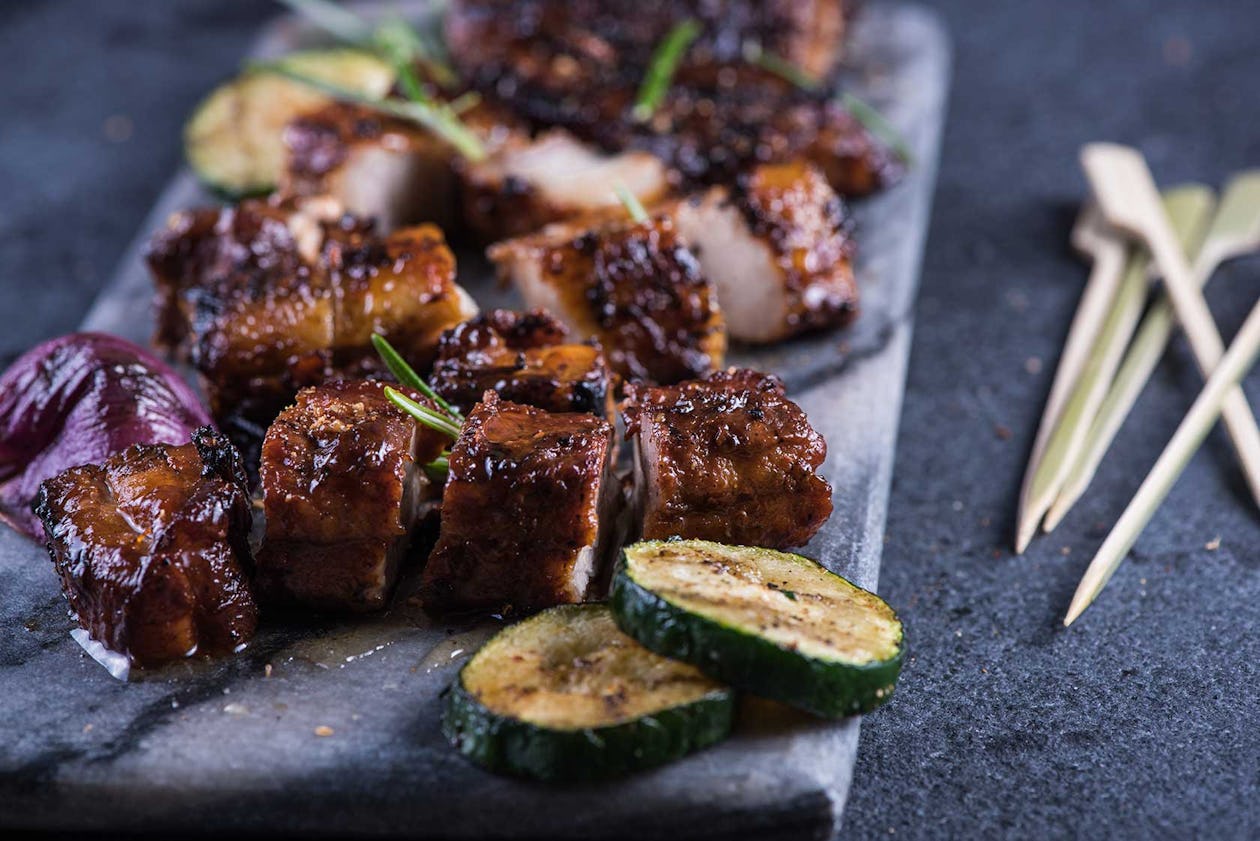
)
